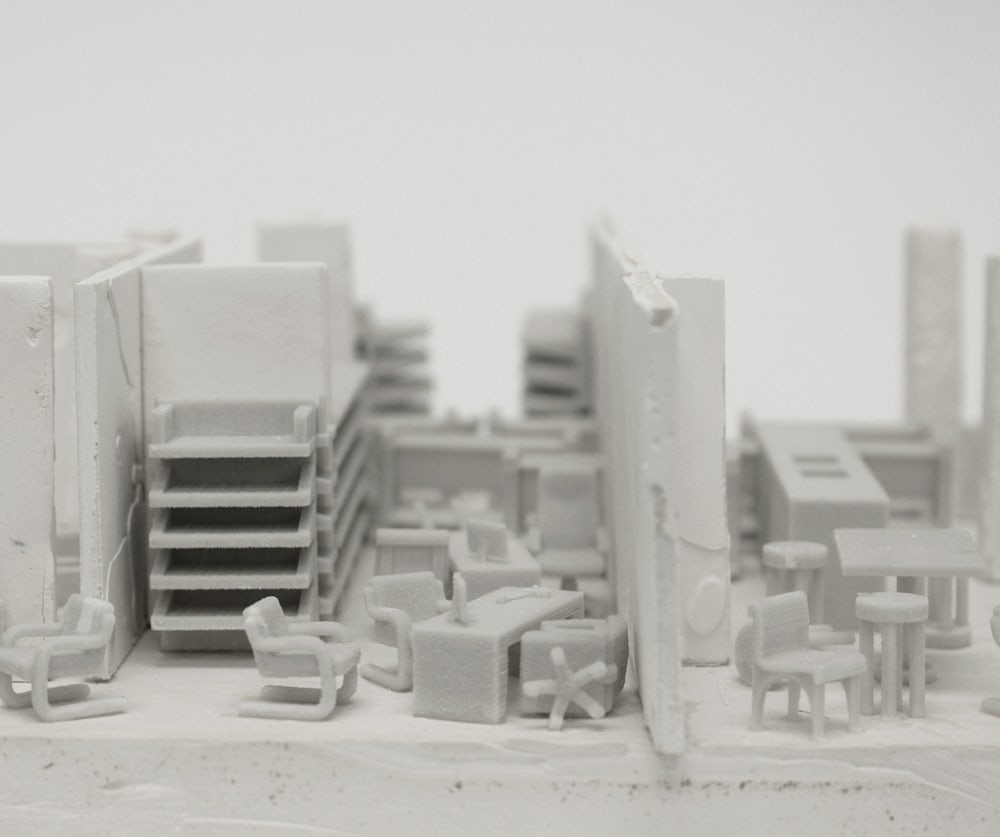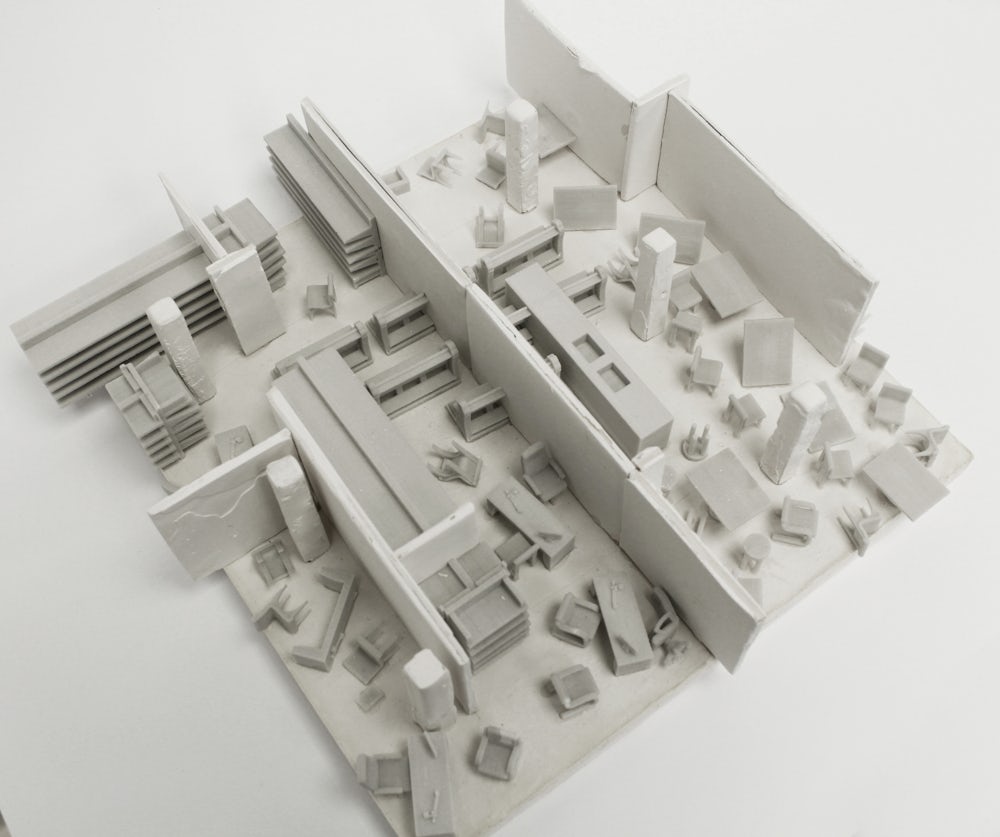Cyprian Boateng
"Parasitic Development"
Keywords: model-making, photography, archival practice, architecture
Key poverty indicators in Lewisham remain high, with youth unemployment consistently in the top 10% of boroughs nationwide. For a while, areas within the borough of Deptford were seen as undesirable and were stigmatised. Today, they are prime locations for gentrification. I explore the moment gentrification meets heritage through documentation of change through architecture. The case study for this project is the geographical point at which gentrification and heritage collide on Deptford High street.
The high-street is a space within which certain forms of social and political struggles are exercised - a forum where issues of class become evident. At one end, we have a chain of locally owned stores that are representative of a struggling yet established local community. And at the other, we are faced with the emergence of eateries and breweries - new upmarket residents. Perhaps a more desirable resident for developers and city planners alike? This project explores the impact of gentrification as a tool for change argued by the borough of Deptford and developers operating in the area.
This project, aims to build an aggregated image of the varying uses of the site across a large timeframe, providing commentary on how the exterior has been influencing the interior of the site. The model explores inhabitancy and the transformation of existing space and architecture to give new meaning and use. The varying and in some cases stark contrasts in use provides a backdrop for discussion on developmental agendas and a shift from community needs and values to a developers wants and profit.




